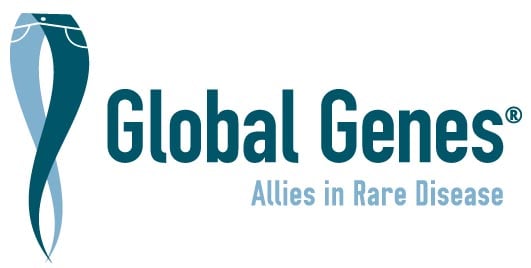Squamous cell carcinoma of the anal canal
Squamous cell carcinoma of the anal canal is a rare epithelial intestinal neoplasm arising from squamous epithelial cells in the anal canal with variable macroscopic appearance ranging from small benign lesions (that mimick fissures hemorrhoids or anorectal fistulae) to a large exophytic or ulcerating tumor localized within the anal canal. Patients may be asymptomatic or present difficulty to defecate anal bleeding pain and/or discharge and often have a history of chronic anal fistulae and abscesses Crohn’s disease hemorrhoids or especially in younger patients immunosuppression (such as HIV infection). Association with HPV infection is commonly reported.
Data from Orphanet are used to provide information on a disease's name, synonym(s), and overview.
Reference: Access aggregated data from Orphanet at Orphadata.
Orphadata: Free access data from Orphanet. © INSERM 1999. Available on http://www.orphadata.org. Data version April 2024
Newly diagnosed with
Squamous cell carcinoma of the anal canal?
Our RARE Concierge Services Guides are available to assist you by providing information, resources and connections as you navigate your rare disease journey.
Advocacy Organizations
Help Hope Live
Help Hope Live assists individuals living with catastrophic injuries and illnesses to fundraise toward their medical expenses and related costs.
My Faulty Gene
My Faulty Gene is a nonprofit organization which provides information and assistance to any individual whose family medical history suggests genetic testing might be helpful in identifying an increased risk of disease due to a genetic mutation. We believe that everyone in need of genetic testing should have access to it.
My Little Sunshine Foundation
My Little Sunshine is a non-profit foundation dedicated to educating people about the importance of fertility preservation and making fertility resources accessible to all.
SALUS
Educate and provide resources to POC with Rare Cancers
Clinical Trials
For a list of clinical trials in this disease area, please click here.
